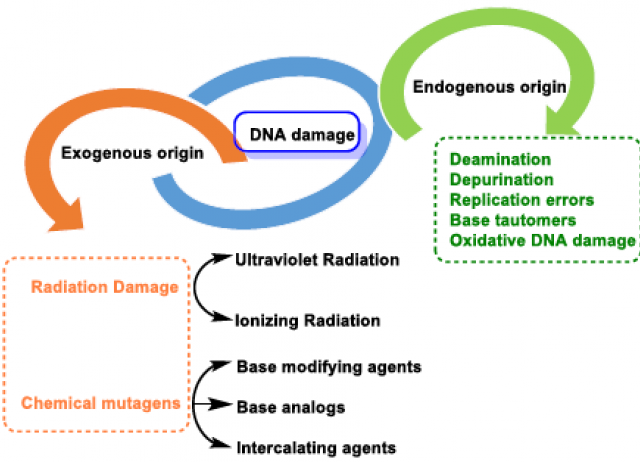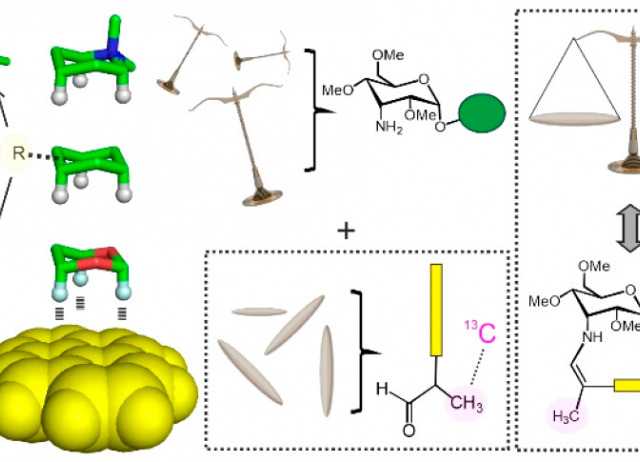
Chemical Insights into Oxidative and Nitrative Modifications of DNA
This review focuses on DNA damage caused by a variety of oxidizing, alkylating, and nitrating species, and it may play an important role in the pathophysiology of inflammation, cancer, and degenerative diseases. Infection and chronic inflammation have been recognized as important factors in carcinogenesis. Under inflammatory conditions, reactive oxygen species (ROS) and reactive nitrogen species (RNS) are generated from inflammatory and epithelial cells, and result in the formation of oxidative and nitrative DNA lesions, such as 8-oxo-7,8-dihydro-2′-deoxyguanosine (8-oxodG) and 8-nitroguanine. Cellular DNA is continuously exposed to a very high level of genotoxic stress caused by physical, chemical, and biological agents, with an estimated 10,000 modifications occurring every hour in the genetic material of each of our cells. This review highlights recent developments in the chemical biology and toxicology of 2′-deoxyribose oxidation products in DNA.
Curieses Andrés, Celia María; Lastra, José M. P. de la; Juan, Celia Andrés; Plou Gasca, Francisco José; Pérez-Lebeña, Eduardo.
Illuminating a Solvent-Dependent Hierarchy for Aromatic CH/π Complexes with Dynamic Covalent Glyco-Balances
CH/π interactions are prevalent among aromatic complexes and represent invaluable tools for stabilizing well-defined molecular architectures. Their energy contributions are exceptionally sensitive to various structural and environmental factors, resulting in a context-dependent nature that has led to conflicting findings in the scientific literature. Consequently, a universally accepted hierarchy for aromatic CH/π interactions has remained elusive. Herein, we present a comprehensive experimental investigation of aromatic CH/π complexes, employing a novel approach that involves isotopically labeled glyco-balances generated in situ. This innovative strategy not only allows us to uncover thermodynamic insights but also delves into the often less-accessible domain of kinetic information. Our analyses have yielded more than 180 new free energy values while considering key factors such as solvent properties, the interaction geometry, and the presence and nature of accompanying counterions. Remarkably, the obtained results challenge conventional wisdom regarding the stability order of common aromatic complexes. While it was believed that cationic CH/π interactions held the highest strength, followed by polarized CH/π, nonpolarized CH/π, and finally anionic CH/π interactions, our study reveals that this hierarchy can be subverted depending on the environment. Indeed, the performance of polarized CH/π interactions can match or even outcompete that of cationic CH/π interactions making them a more reliable stabilization strategy across the entire spectrum of solvent polarity. Overall, our results provide valuable guidelines for the selection of optimal interacting partners in every chemical environment, allowing the design of tailored aromatic complexes with applications in supramolecular chemistry, organocatalysis, and/or material sciences.
Díaz-Casado, Laura; Villacampa, Alejandro; Corzana, Francisco; Jiménez-Barbero, Jesús; Gómez, Ana M.; Santana, Andrés G.; Asensio, Juan Luis.
